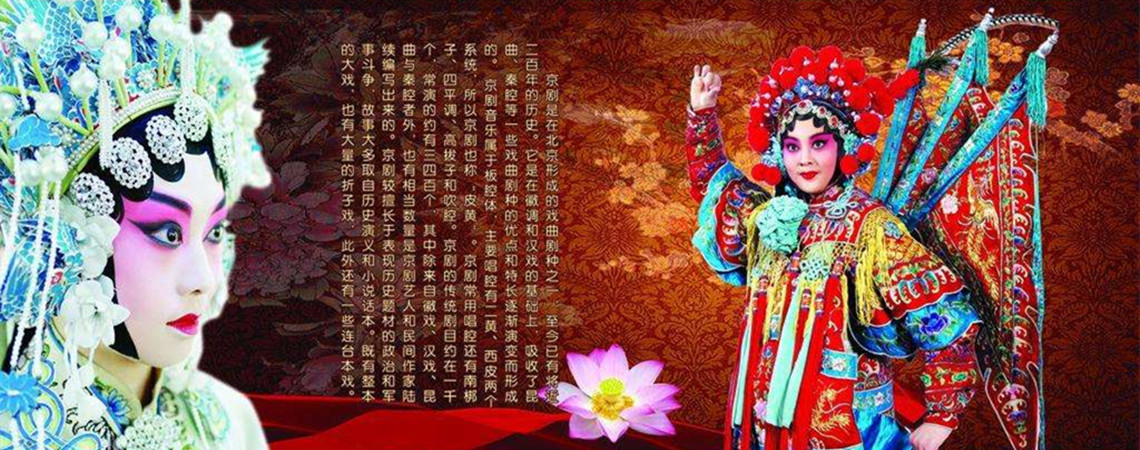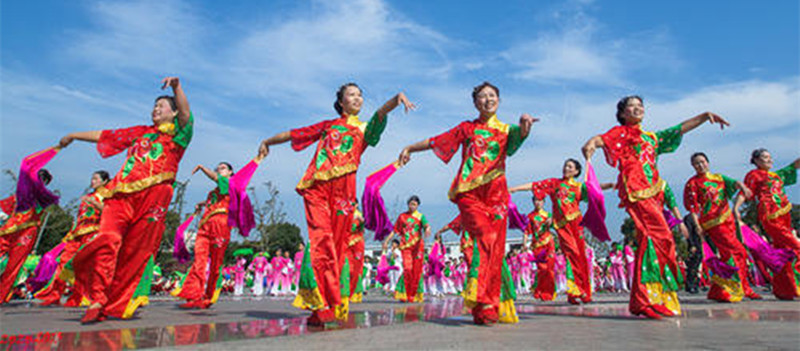Skype: neodalle-travel
Tel: +86 135 7447 2266
E-mail: sales@visitaroundchina.com

With over 2000 years history, Yangge , olso Yangko, is one of the most famous Chinese traditional folk dances. It includes silt yangge and ground yangge. As a representative collective folk dance, Yangge combines music, dance and feats, with diversified forms, each distinguished by different manipulations of the silk handkerchiefs and different movements of the feet.
Originated from rice planting and farming, Yangge is popular throughout China's countryside. Also, it has some connection with ancient eulogy songs sung in sacrifices to the God of the Farm. During its development, it incorporated much from farming songs, folk songs, folk wushu (martial arts), acrobaticsand traditional operas. By the Qing Dynasty (1644-1911), yangge had spread across the country.

Yangge comes in different styles according to areas or its form, for example, the Guzi Yangge in Shandong, the Yangge in northern Shaanxi, the Ground Yangge in Hebei, Beijing and Liaoning, the Manchurian Yangge and the Stilts Yangge. Other forms such as the Huagu (Flower Drum), Huadeng (Festive Lantern), Caicha (Tea-Leaf Picking) and Yingko Yangges are also very popular. All of them express happiness.
There is no fixed number of performers; it could be two or three, or 20, or even over a hundred. The performers are dressed up, each having a red silk band at waist and a hat folded out of colored papers. Female performers also have a fan and most male performers use a waist drum. The accompanying music instruments include suona, gong, drum and cha (two pieces of thin circular copper plates, each having a small part at center punched out for a hand to hold).
The time when most people perform yangge is the first 15 days after the Chinese New Year. In some villages yangge teams go family by family to each family's yard to dance. In turn, the family gives some gifts to the team and some families also set off fireworks.
On May 20, 2006, Yangge was approved by the State Council to be included in the first batch of national intangible cultural heritage. Nowadays, yangge has spread into city parks, streets and squares and evolved into a kind of popular exercise for urban dwellers.
 Ask Questions ?
Ask Questions ?